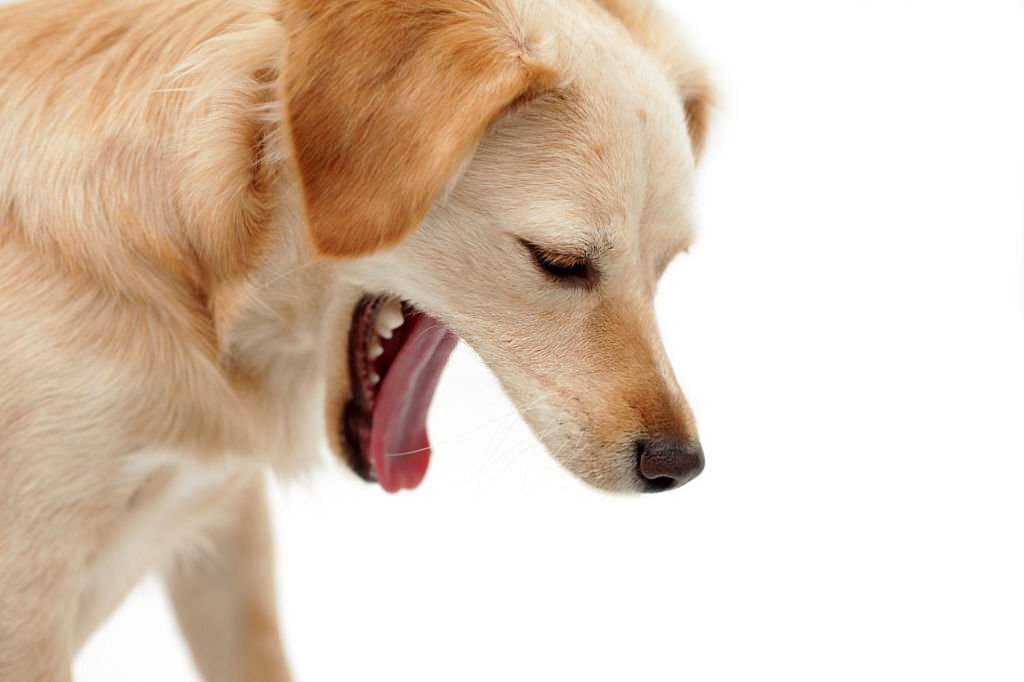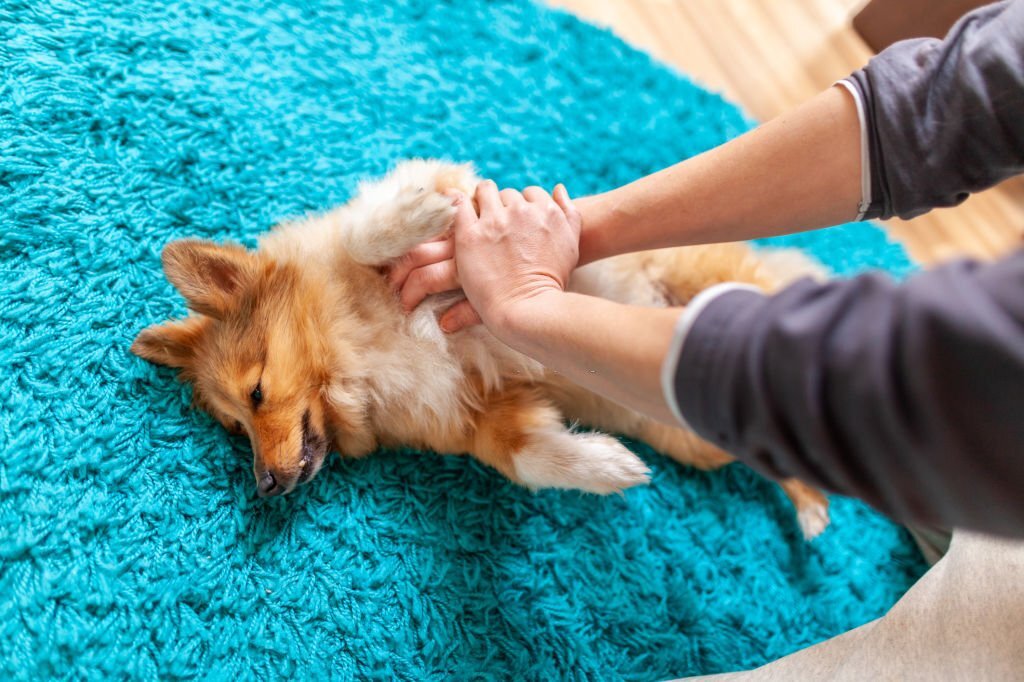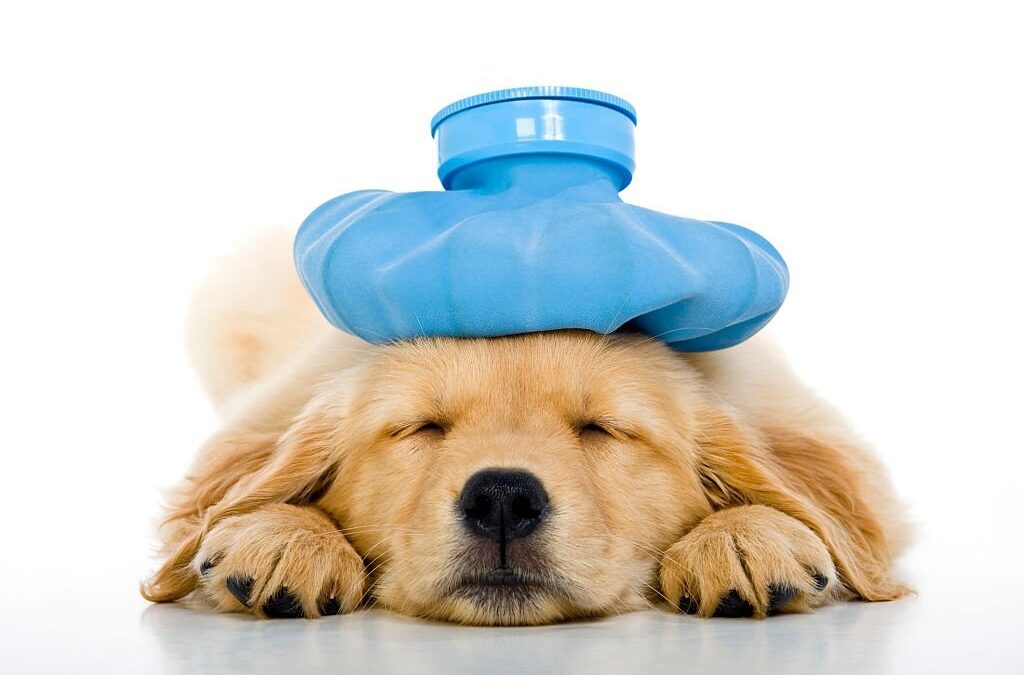Not knowing what to do when your pet is injured is a stressful experience. Just like humans, injury and illness can be unpredictable, so it is important to stay informed on what you can do to help your pet. Just like us humans, first aid is vital for making your pet comfortable on the way to the vet and can even save their life or minimise distress or further injury.
Please note that first aid for your pet should never be substituted for veterinary care. Please see below for a list of basic first-aid tips for pet owners;
Before we get into the nitty-gritty please be careful, injured and frightened animals can and do bite. If yo have concerns applying a muzzle may be necessary to keep you safe. If you don’t have one handy a shoelace or similar is a great alternative.
Bleeding
If you suspect your pet is bleeding due to a fight wound, we strongly advise you bring them to the veterinarian a maximum of 4 hours from the time the fight took place, this is called the golden period and will help to reduce the risk of infection and wound edges drying, which can slow healing. If there are delays these wounds can often result in a deep infection which may require more significant treatments. .
External bleeding:
- Place a clean gauze pad over the wound and add pressure for a minimum of 3 minutes until the blood begins to clot. If you don’t have gauze a clean dressing or even a sanitary pad or nappy are great dressings. A clean towel or cloth can also do in an emergency.
Severe external bleeding:
- If the bleeding is severe and on a limb, apply a pressure dressing using something padded like the options mentioned above and then wrap a firm compressive layer of tape over the top to apply the pressure. Do not apply a torniquet as this can damage oxygen supply to the tissue and cause further tissue deathCareful firm application of a clean gauze, bandage, and added pressure should suffice while you bring your pet to the veterinarian immediately.
Internal bleeding:
- Symptoms of internal bleeding may be visible from the outside and include visible blood coming from the nose, mouth, rectum, coughing blood, blood in urine, etc. However bleeding is not always visible and may be occurring into a body cavity. This means you will not see any blood on the outside of the body. Signs may include pale gums, weak and rapid pulse, or collapse.
- We advise that you keep your pet warm and as quiet as possible while you bring them to the veterinarian immediately.

Choking
Symptoms:
- Difficulty breathing, choking sounds when breathing or coughing, excessive pawing at the mouth, and blue-tinged lips/tongue. Please take your pet to the veterinarian immediately. There are a few first aid options you can administer while you are on your way:
What you can do:
1. Fish out the object, if it is within reach and you can avoid being bitten:
- While on the way, you can check if you can see a foreign object. Try and remove any object gently, if you happen to have tweezers handy you can use those if it is small or some tongs. If it is a bone or stick trapped across the roof of the mouth a chopstick can provide a good lever to dislodge the problem item. Please don’t spend a lot of time trying to pry something out if it is not easy to reach.
2. Dislodge the object if in the airway or at the back of the throat
- Option 1: Place both hands on the side of your pet’s rib cage, applying firm and quick pressure to force air from the chest and hopefully propel the problem object from the mouth.
- Option 2: Lay your pet on its side and strike the rib cage firmly with your palm 3-4 times
- Keep repeating until the object is dislodged or until you arrive at the veterinarian’s office

Broken bones or fractures
Again, we recommend that you try to muzzle your pet. If your pet has broken a bone or if you suspect this has occurred, you should take them to the veterinarian immediately.
What to do:
- Before you do so, gently lay your pet on a flat surface to support the fracture or break – this can act as a stretcher. If possible, secure your pet to the stretcher (wrapping a blanket around them will suffice) and don’t put any pressure on the injured area or your pet’s chest.
- You can attempt to splint the injury, but without proper technique this can cause more harm than good. If in doubt, just make sure your pet is on a secure and flat surface while you transport them.

Poisoning and exposure to toxins
A good rule of thumb to follow is that any product that is harmful for us is also harmful for a pet. For this reason, we follow instructions meant for humans exposed to products on the label, but on our furry friends.
For example, if the instructions tell you to flush the eyes or skin with water if you have come into contact with “the product”, you can do the same for your pet. This can also include instructions to wash hands with soap and water (wash paws).
Identifying the product:
If you suspect your pet has consumed something that could harm them, try to collect any material your pet may have chewed or vomited and place it in a plastic sealable bag. This will help us identify the best course of action. If there is no direct evidence of your pet having consumed anything, try to collect a sample of anything you suspect. If it came in a box, please bring the box with you too.
Taking action:
Poisoning is serious and can cause death. It is important that you act immediately, by phoning us, an emergency veterinary clinic, or an animal poison control hotline. If your pet is losing consciousness, seizing, unconscious, or having trouble breathing, take your pet to the veterinarian immediately.
Convulsions / seizures
There are 5 steps:
- Move objects away from your pet to reduce the risk if injury, do not try to move the pet.
- Turn of lights and loud noises to reduce stimulation
- Do not restrain your pet or try to pull their tongue out of their mouth to prevent chocking. Unlike humans’ pets cannot swallow their tongues, but they can and do bite them off and bite owners in the process
- Time the seizure and note whether they have a single or group (clustered seizures)
- After the seizure has stopped, keep your pet warm and contact us immediately. If any fit lasts longer than 5 minutes or they have a cluster (more than one in a short space of time) this is urgent. However, if the fit is short and your pet recovers well shortly after the surgery then keep the animal comfortable and contact us. While it is frightening these one-off seizures are usually not an emergency.
Educate yourself further
There are animal first-aid courses available. For example, RSPCA and Australian Red Cross both run courses.
Contact us
If you have any concerns or further questions about your pet, please book in for a consultation either online or by calling our awesome reception team on 9369-1922

